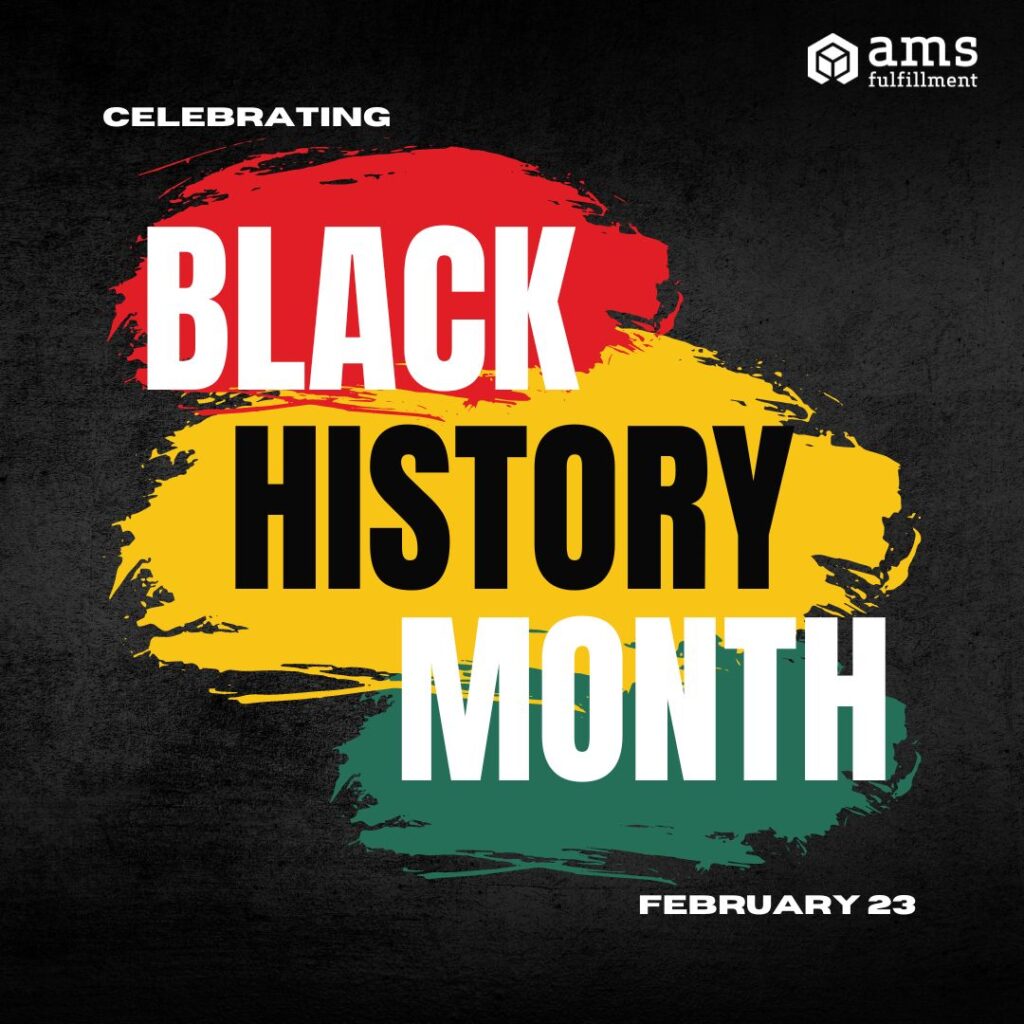
Fifty years ago there was a profound absence of Black history in our education. Yes, it has helped. We have learned much with the focus on Black history in February, but there still are many events we need to learn about in order to know each other better. More Black history will be presented in the media this February and we appreciate it.
To add to the national educational effort AMS is happy to offer, in this blog, a story we didn’t know, featuring a word we’ve never heard… Exodusters! This month’s theme is Black Resistance and the Exoduster story has to do with resistance and courage. Here follows a quote from an article at Khan Academy regarding Black Resistance stories.
“In an effort to live, and maintain and protect economic success, Black people have organized/planned violent insurrections against those who enslaved them, such as in Haiti, and armed themselves against murderous white mobs as seen in Memphis, TN (1892), Rosewood, FL (1923), and New Orleans, LA (1900). Additionally, some Black people thought that the best way to resist was to self-liberate as seen by the actions those who left the plantation system, of Henry Adams and Benjamin “Pap” Singleton, when they led a mass exodus westward in 1879 and Bishop Henry McNeal Turner of the African Methodist Episcopal Church, who organized emigration to Liberia.”
Black Resistance
In this blog we are going to tell the story of the group of freedmen and women who chose to take advantage of the Homestead Act of 1862 which parceled out millions of acres of land to settlers. All US citizens, including women, freed slaves, and immigrants, were eligible to apply to the federal government for a “homestead,” or 160-acre plot of land.
Northerners and Republicans wanted to open the land to settlement by individual farmers, while Southern Democrats sought to make the land available only to slaveholders. The Exodusters were the freedmen who became migrants and left the South after the Civil War to settle in the states of Colorado, Kansas, and Oklahoma.
Benjamin “Pap” Singleton
A Freedman named Benjamin “Pap” Singleton was the major organizer of the movement of thousands of Black men and women to homestead land in the free state of Kansas. He was living in a Union camp for fugitive slaves where he built and peddled cabinets and coffins. This was in the late 1860s. He saw his mission to help his people improve their lives by urging them to organize and claim farmland in Kansas. Singleton testified about the “Exodusters” before a committee of the U.S. Congress in 1880. A second wave of nearly 20,000 freedmen and women came to Kansas in 1879 and 1880.
Quoting from an article in the National Park Service (NPS) website, “This ‘Kansas Exodus,’ also referred to as the ‘Exoduster’ movement, represents the first major episode in an extensive history of voluntary mass migration among African Americans.”
Let’s break in with a quick question – did you, dear reader, know this Exoduster story? It is one among hundreds of untold stories that give us a far better picture of American history. In this story there were hopes and dreams ignited by the thought of land ownership. The NPS article goes on to say, “In 1879, a rumor spread that the US government was giving away free land for ex-slaves in Kansas. This further encouraged thousands of black Americans to move to Kansas. By the end of the year, over 40,000 had begun the journey to Kansas. Tenant farmers as they were now called often couldn’t make enough to provide for their families. It was quite rare for a southern black to own his land. In addition violence upon blacks was increasing. Many families began to look for ways to leave the South.”
The Kansas Story
One wonders about the rest of the story. What did they find in Kansas, did they establish towns and farms? More information on that time period is as follows:
“The reality of life for the exodusters in Kansas was difficult, however, and many of those who attempted to homestead the land remained poor. The most successful exodusters were those who migrated to urban areas like Topeka and found domestic or trade work. Despite Kansas’ reputation as a land of opportunity for blacks, many whites resented their presence, and the efforts of local governments to provide relief to the new arrivals frequently failed. As a result, the exodusters founded several black communities, such as the one at Nicodemus, Kansas.”
Read more of this exodusters story HERE at the Legends of America website.
As readers likely remember, in 1929 there was a crash of the stock market, followed by the drought and Great Depression. Kansas became known as the ‘dust bowl’ in the 1930s and food production progress came to an end.
We Create History
The history of the People of the United States is very interesting when you tell the whole story. We the People are evolving and thankfully the stories of Black Resistance are being told to celebrate Black History Month 2023. Many of us do not know these stories, and we benefit from learning. As we go forward, we need far more than one month in the year to learn the complicated, painful, and ultimately encouraging and inspiring stories that we the People make living day by day.
The AMS Fulfillment blog may bring you more Black Resistance stories before the month is over. AMS is a B Corporation, committed to Be the Change we wish to see in the world.
We encourage readers to visit one more link – HERE – for some information on how to celebrate Black History Month plus a list of videos and books to enjoy.




